 Antoine Church
Antoine Church
Entry Category: Counties, Cities, and Towns - Starting with A
 Antoine Church
Antoine Church
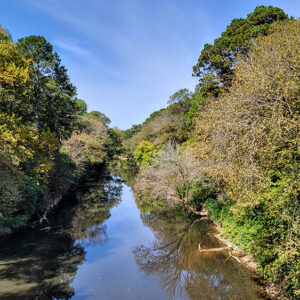 Antoine River
Antoine River
 Antoine River Bridge
Antoine River Bridge
 Antoine Street Scene
Antoine Street Scene
 Aplin School
Aplin School
 Apple Display
Apple Display
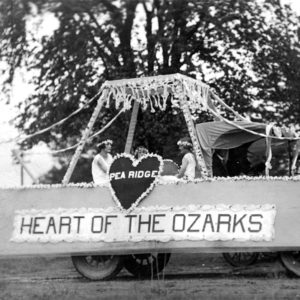 Apple Festival Float
Apple Festival Float
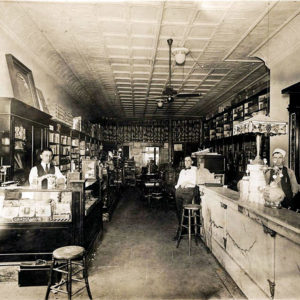 Applegate Drugs
Applegate Drugs
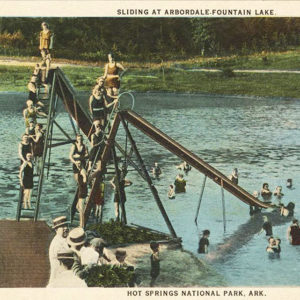 Arbordale Swimmers
Arbordale Swimmers
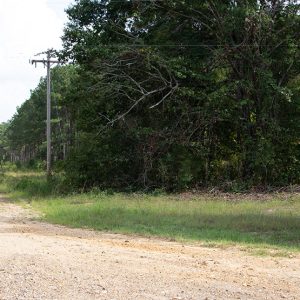 ArborGen Nursery
ArborGen Nursery
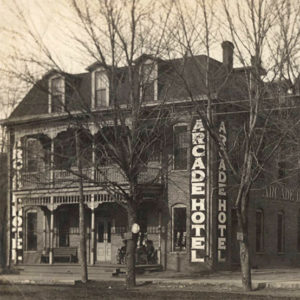 Arcade Hotel
Arcade Hotel
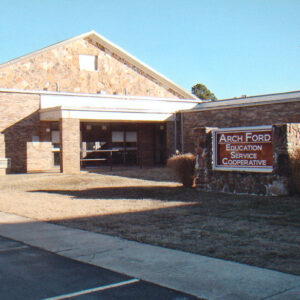 Arch Ford Education Co-op
Arch Ford Education Co-op
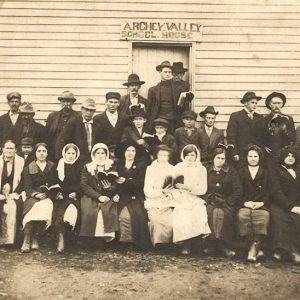 Archey Valley School
Archey Valley School
 Area Codes
Area Codes
 Argenta High Demolition
Argenta High Demolition
Arkadelphia (Clark County)
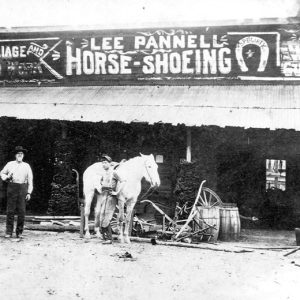 Arkadelphia Blacksmith Shop
Arkadelphia Blacksmith Shop
 Arkadelphia Commercial Historic District
Arkadelphia Commercial Historic District
 Arkadelphia Commercial Historic District
Arkadelphia Commercial Historic District
 Arkadelphia Commercial Historic District
Arkadelphia Commercial Historic District
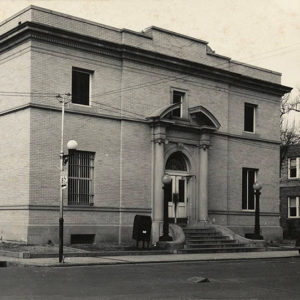 Arkadelphia Post Office
Arkadelphia Post Office
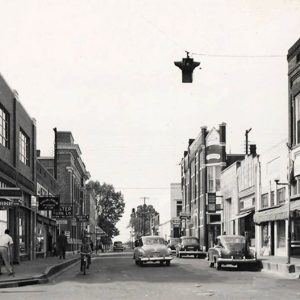 Arkadelphia Street Scene
Arkadelphia Street Scene
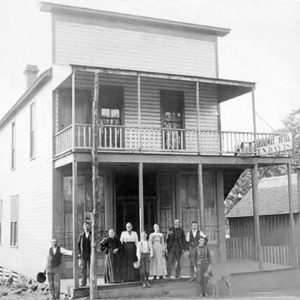 Arkansas Broadway Hotel
Arkansas Broadway Hotel
Arkansas City (Desha County)
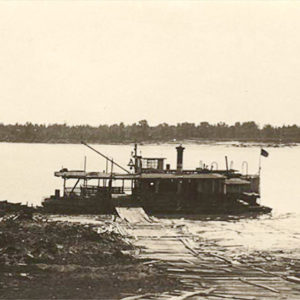 Arkansas City Ferry
Arkansas City Ferry
 Arkansas City Flood
Arkansas City Flood
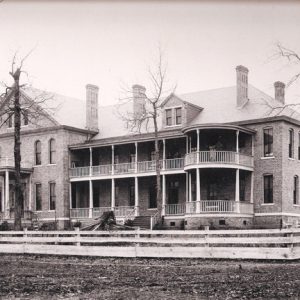 Arkansas Confederate Home
Arkansas Confederate Home
Arkansas County
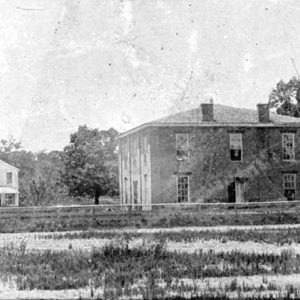 Arkansas County Courthouse
Arkansas County Courthouse
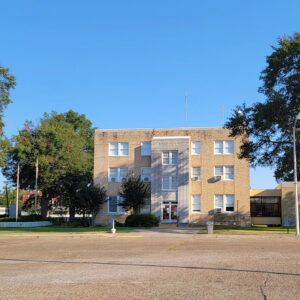 Arkansas County Courthouse, Southern District
Arkansas County Courthouse, Southern District
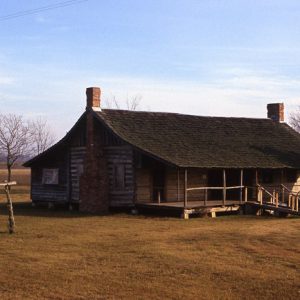 Arkansas County Museum
Arkansas County Museum
 Arkansas Cumberland College
Arkansas Cumberland College
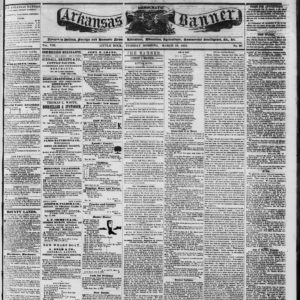 Arkansas Democratic Banner
Arkansas Democratic Banner
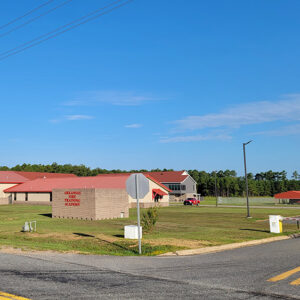 Arkansas Fire Training Academy
Arkansas Fire Training Academy
 Arkansas Fire Training Academy
Arkansas Fire Training Academy
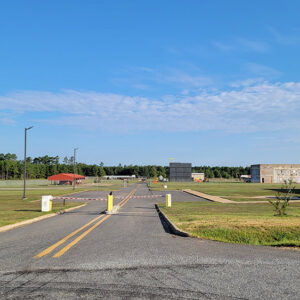 Arkansas Fire Training Academy
Arkansas Fire Training Academy
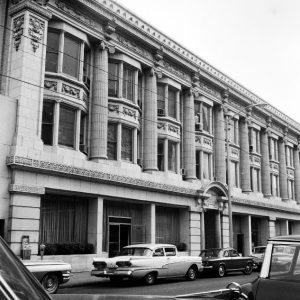 Arkansas Gazette Building
Arkansas Gazette Building
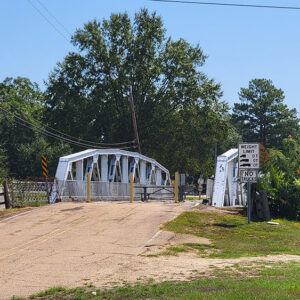 Arkansas Highway 57 Bridge
Arkansas Highway 57 Bridge
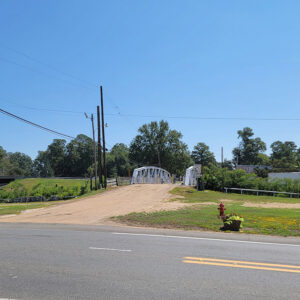 Arkansas Highway 57 Bridge
Arkansas Highway 57 Bridge
 Arkansas Highway 57 Bridge
Arkansas Highway 57 Bridge
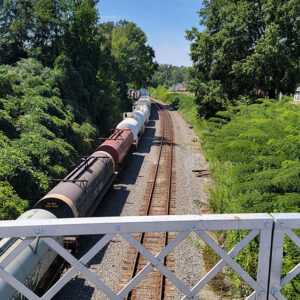 Arkansas Highway 57 Bridge View
Arkansas Highway 57 Bridge View
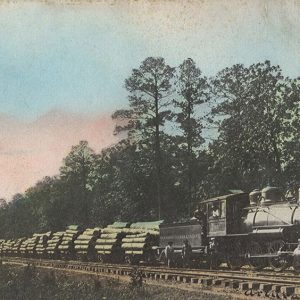 Arkansas Lumber Company
Arkansas Lumber Company
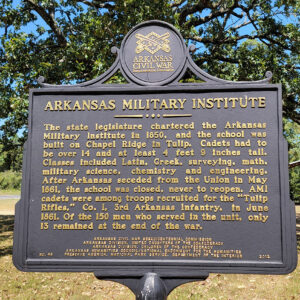 Arkansas Military Institute Marker
Arkansas Military Institute Marker
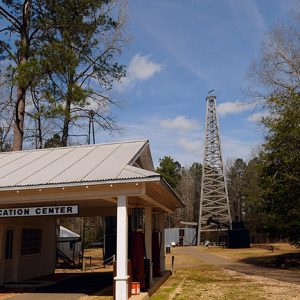 Arkansas Museum of Natural Resources
Arkansas Museum of Natural Resources
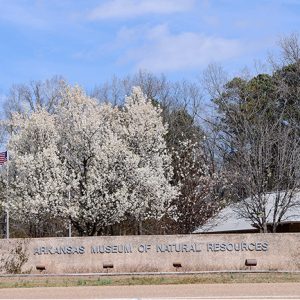 Arkansas Museum of Natural Resources
Arkansas Museum of Natural Resources
 Arkansas Population, 1850
Arkansas Population, 1850
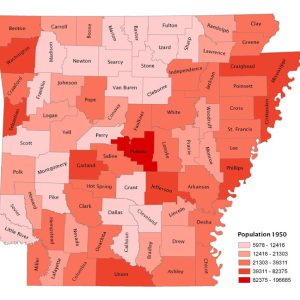 Arkansas Population, 1950
Arkansas Population, 1950
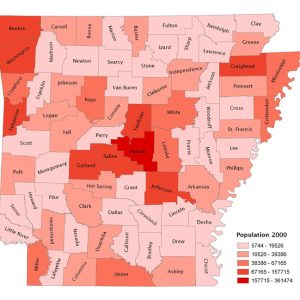 Arkansas Population, 2000
Arkansas Population, 2000
 Arkansas Population, 2005
Arkansas Population, 2005




